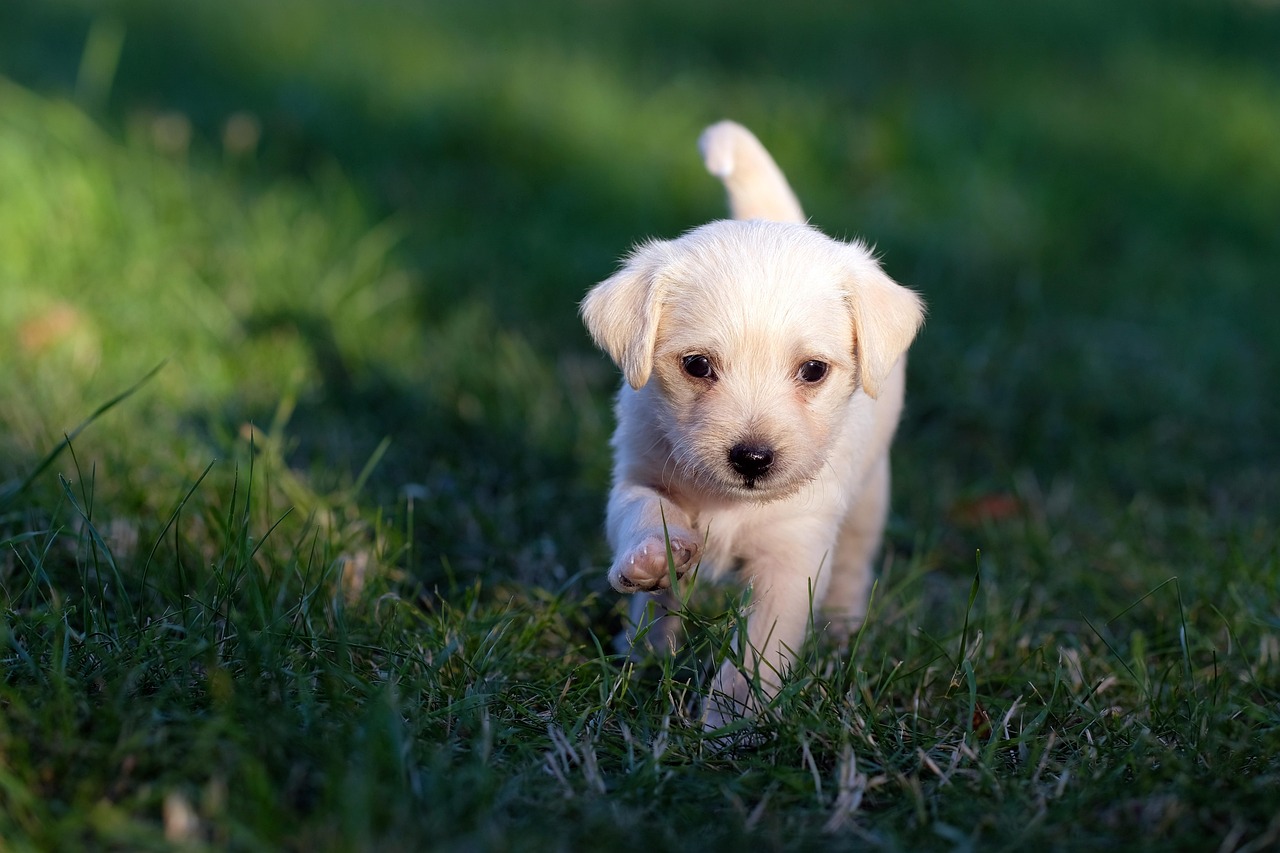Bringing a new puppy or dog into your home is a joyous occasion, filled with cuddles and playful energy. However, one of the first (and often most challenging) hurdles you’ll face is housebreaking. Successfully housebreaking your dog requires patience, consistency, and a solid understanding of their needs and behavior. This comprehensive guide will provide you with the tools and knowledge you need to navigate this important stage of your dog’s life and establish a happy, clean household.
Understanding Your Dog’s Needs
Successfully housebreaking your dog requires more than just taking them outside regularly. Understanding their individual needs and habits is crucial for setting them up for success.
Physiological Factors
- Age and Breed: Puppies have smaller bladders and less control than adult dogs, requiring more frequent potty breaks. Certain breeds may also be more prone to specific urinary issues.
- Health Conditions: Medical issues like urinary tract infections (UTIs), diabetes, or kidney disease can affect your dog’s ability to control their bladder. Consult your veterinarian if you notice any sudden changes in your dog’s housebreaking habits.
- Diet: What and when you feed your dog can impact their potty schedule. A consistent feeding schedule will contribute to a more predictable bathroom schedule.
Behavioral Factors
- Anxiety and Stress: Dogs experiencing anxiety or stress may have accidents in the house. Identify and address the source of their anxiety to help improve their housebreaking.
- Marking Behavior: Unneutered male dogs (and sometimes females) may mark their territory by urinating small amounts indoors. Neutering/spaying often helps reduce or eliminate this behavior.
- Learned Behaviors: If your dog has previously been allowed to eliminate indoors (e.g., on puppy pads in a shelter), they may need extra training to learn that the appropriate place is outside.
- Actionable Takeaway: Consult with your veterinarian to rule out any underlying medical conditions that might be contributing to housebreaking difficulties. Observe your dog’s behavior and habits to understand their individual needs.
Establishing a Routine
Consistency is key to successful housebreaking. A predictable routine helps your dog understand what is expected of them and reduces the likelihood of accidents.
Consistent Feeding Schedule
- Feed your dog at the same times each day. This will help regulate their digestive system and create a more predictable potty schedule.
- Pick up the food bowl after 15-20 minutes, even if your dog hasn’t finished eating. This prevents free-feeding, which can lead to inconsistent potty habits.
Regular Potty Breaks
- Take your puppy or dog outside frequently, especially:
First thing in the morning
Immediately after waking up from naps
After playing or exercising
After eating or drinking
Right before bedtime
- As a general guideline, puppies need to go out every 2-3 hours. Adult dogs can usually hold it for longer, but still need regular breaks.
- Establish a designated potty spot in your yard and always take your dog to the same location. This helps them associate that spot with elimination.
Crating and Confinement
- Crate Training: A crate can be a valuable tool for housebreaking. Dogs naturally avoid soiling their sleeping area, so a properly sized crate can help them learn to control their bladder.
- Proper Crate Size: The crate should be just large enough for your dog to stand up, turn around, and lie down comfortably. A crate that is too large may encourage them to eliminate in one corner.
- Supervision is Key: When your dog is not in the crate, supervise them closely. Watch for signs that they need to go out, such as circling, sniffing, or squatting.
- Never Use the Crate as Punishment: The crate should be a safe and comfortable space for your dog.
- Actionable Takeaway: Create a consistent daily routine for feeding and potty breaks. Utilize a crate to aid in housebreaking and provide a safe haven for your dog.
Positive Reinforcement and Training Techniques
Positive reinforcement is the most effective way to teach your dog new behaviors. Rewards and praise will encourage them to repeat the desired behavior – eliminating outside.
Rewarding Good Behavior
- Verbal Praise: When your dog eliminates outside, immediately praise them with enthusiastic words like “Good potty!” or “Good job!”.
- Treats: Offer a small, tasty treat immediately after they finish eliminating. This reinforces the positive association with going potty outside.
- Consistency is Crucial: Reward your dog every time they eliminate outside, especially during the initial stages of housebreaking.
Cleaning Up Accidents
- Use an Enzymatic Cleaner: Accidents will happen. Clean them up immediately with an enzymatic cleaner specifically designed to neutralize pet odors. This prevents your dog from being attracted to the same spot again.
- Avoid Using Ammonia-Based Cleaners: Ammonia smells similar to urine and may encourage your dog to re-mark the area.
- Never Punish Your Dog: Punishing your dog for accidents will only make them fearful and anxious, and will not teach them where they are supposed to eliminate.
Addressing Problem Behaviors
- Submissive Urination: Some dogs, especially puppies, may urinate when they are excited or scared. This is usually a temporary behavior that resolves with age and confidence. Avoid towering over them or using a loud voice. Instead, approach them calmly and gently.
- Separation Anxiety: Dogs with separation anxiety may have accidents when left alone. Consult with your veterinarian or a certified dog trainer to address the underlying anxiety.
- Constant Monitoring: If you catch your dog in the act of eliminating indoors, interrupt them with a firm “No!” and immediately take them outside to their designated potty spot. If they finish eliminating outside, praise and reward them.
- Actionable Takeaway: Use positive reinforcement to reward your dog for eliminating outside. Clean up accidents immediately with an enzymatic cleaner. Address any underlying behavioral issues that may be contributing to housebreaking problems.
Troubleshooting Common Issues
Even with the best efforts, you may encounter some challenges during the housebreaking process. Here’s how to address some common issues.
Regression
- Re-evaluate Your Routine: Has anything changed in your dog’s routine that might be contributing to the regression? Are you still taking them out frequently enough?
- Rule Out Medical Causes: Consult with your veterinarian to rule out any underlying medical conditions.
- Go Back to Basics: If your dog is experiencing a regression, go back to the basics of housebreaking. Increase the frequency of potty breaks, supervise them closely, and reward them for eliminating outside.
Nighttime Accidents
- Limit Water Intake Before Bed: Reduce your dog’s water intake a few hours before bedtime.
- Late-Night Potty Break: Take your dog out for a potty break right before bedtime.
- Crate Training: Ensure your dog is comfortably crate-trained. A dog is less likely to eliminate in their crate.
Refusal to Eliminate Outside
- Patience is Key: Some dogs may take longer to adjust to eliminating outside, especially if they are used to using puppy pads.
- Reward Persistence: Even if your dog only urinates a small amount outside, reward them for their effort.
- Consider a New Location: Try taking your dog to a different spot to see if that helps.
- *Actionable Takeaway: Identify the cause of any setbacks and adjust your approach accordingly. Be patient and consistent with your training.
Conclusion
Housebreaking your dog requires patience, consistency, and a deep understanding of their individual needs. By establishing a routine, using positive reinforcement, and addressing any underlying issues, you can successfully teach your dog to eliminate outside and establish a happy, clean home for both of you. Remember that every dog learns at their own pace, so don’t get discouraged if you encounter some challenges along the way. With dedication and persistence, you and your furry friend will be enjoying a housebreak-free life in no time!




